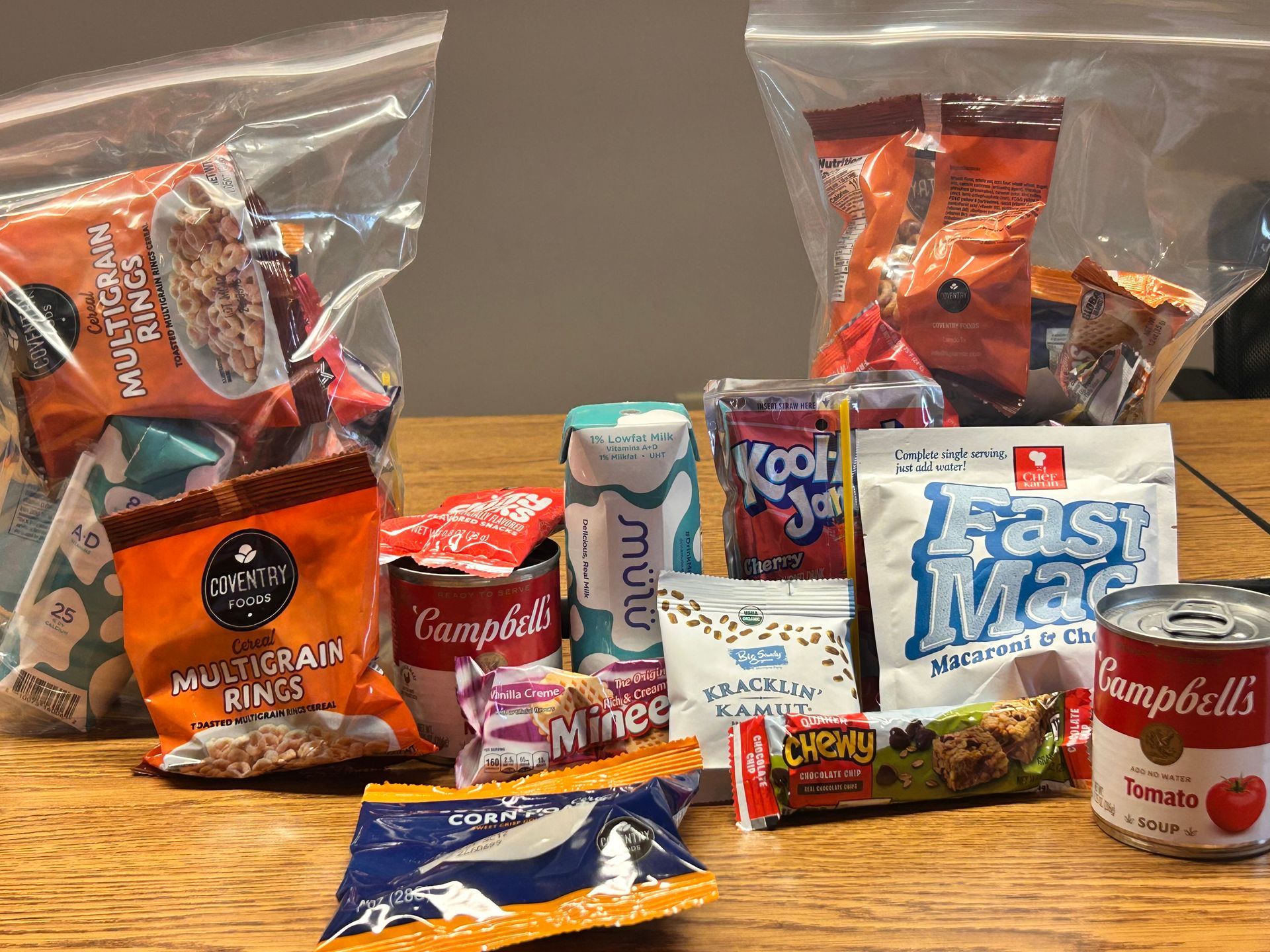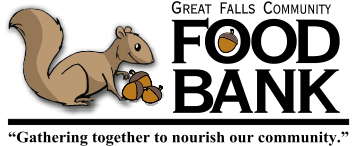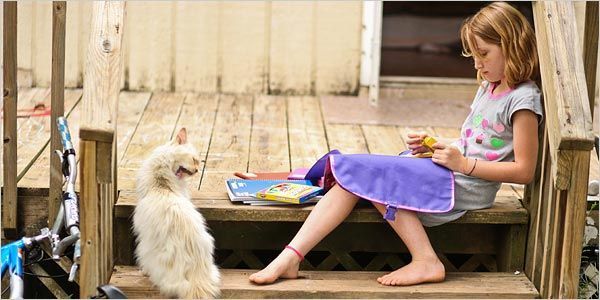A Huge Relief
Food Bank To Expand Backpacks4Kids to Great Falls Middle Schools

As the principal for North Middle School, Brian Miller has seen his share of the disruptions that hungry students can cause in classrooms. The interruptions can often begin with a single student’s inability to truly focus or sit still. Then they can spill over into effects on that student’s friends or the kids who sit nearby in a classroom. Finally, a single student’s hunger can create disruptions that interrupt whole rooms of students, even those who are considered high achievers.
“There’s certainly no judgment. But as in every community, we have families who struggle and who send students to school who aren’t always given the tools or food they need to be learning-ready,” Miller said. “If we can alleviate some of that burden, we can have classrooms that run more smoothly.”
That’s why the Great Falls Community Food Bank is expanding its Backpacks4Kids Program, a program in which the food bank – working in conjunction with the Great Falls Public Schools – discreetly provides students with a small pack containing two days of health, easy-to-prepare food to help them through weekends and school breaks when school meal programs are not available. This year, the food bank has been distributing more than 950 packs of food each week – all to elementary-school-age students. Starting next fall, the program will be expanded to also include students at Great Falls two middle schools – North and East as well as Centerville School.
“We’ve been thinking of expanding this invaluable program for years, and we’re extremely pleased to now be in a position where we can add even more students,” said Shaun Tatarka, Executive Director of the food bank. “The food bank is in a strong place financially and we have the organizational stability to be able to sustain the Backpacks4Kids program in these additional schools over the long term.”
The Backpacks4Kids program began in 2011, when the food bank began offering it at just four of Great Falls’ elementary schools – those with the most students whose families’ income were considered below the federal standard for poverty. After gradually adding new schools over the years, the food bank’s staff and board of directors recognized the need for a broader-based program. By 2020, the program was serving all 15 elementary schools in Great Falls along with the Vaughn school.
“We realized that poverty and student hunger exist to at least some extent in all of the schools in our community,” Tatarka said. “We’re grateful that our community has seen this need also and that, through the generosity of our donors, we are able to meet the challenges of feeding these additional students.”
Miller called the program “a great equalizer for kids” that helps ensure that students of all backgrounds have a chance to learn, comprehend and remember the day’s lessons when they arrive at school each day. He noted that an important aspect of the program is that the schools are committed to handing out the food packs discreetly at the end of the day on Friday. With that subtle handling of the packs, students are able to get the weekend and holiday nutrition they need without feeling like they are treated differently than any other students in the classroom.
“We have community members who work hard, try their best and just struggle to provide the protein and nutrients that their families need,” Miller said. “There’s no singling out. We’re not pointing fingers. We’re not handing those families another bill. We’re simply working together to help those students feel safe and ready to learn.”
Sandra J., a single mother who was briefly unemployed after moving to Great Falls five years ago, said her daughter used the backpack program for part of their first year in their new community. Backpacks4Kids helped bridge the gap while Sandra was seeking work and struggling to regain financial stability following a divorce.
“It was a lifesaver for our family,” said Sandra, whose last name was omitted at her request. “I now try to donate to the food bank sometimes because I know other families are going to need the same hand up that we had. It sounds corny, but these packs were just what we needed.”
At the time, Sandra’s daughter looked forward to receiving the packs and finding out what specific items were in them at the end of each week. The ingredients in the food packs have varied over time but generally include two entrees (usually soup and/or pasta), two bags of cereal, a small carton of non-refrigerated milk, juice, and snacks that include Kracklin Kamut (a wheat snack), cookies, a granola bar and fruit snacks.
“The contents of the pack were kind of surprise for her and she liked getting those extra foods and treats that we just couldn’t buy at the time,” her mother said. "It’s really great to hear that the program is expanding,” she said. “I know from experience that it’s going to be a relief for some families. A big relief.”





